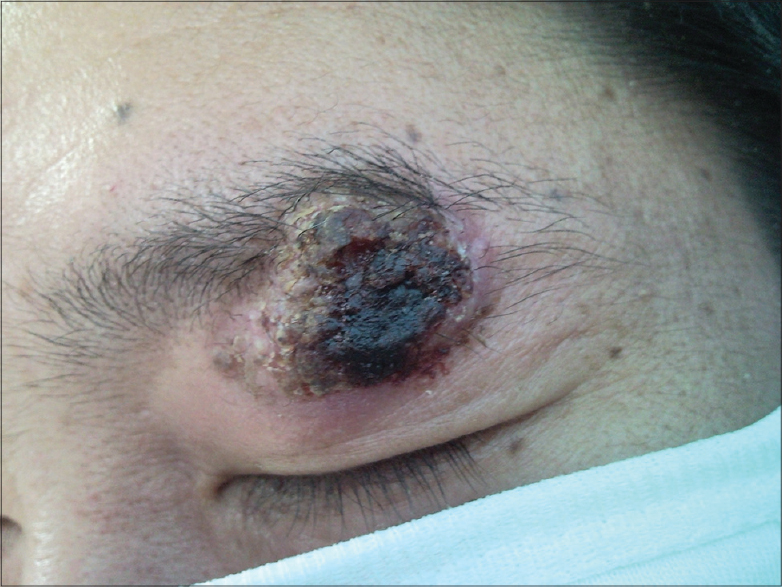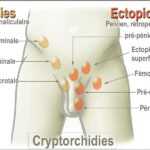Cryptococcosis is a significant fungal infection caused primarily by Cryptococcus neoformans and Cryptococcus gattii. This disease predominantly affects the lungs and central nervous system, leading to conditions such as cryptococcal meningitis. Understanding its etiology, clinical manifestations, diagnostic approaches, and treatment options is crucial for effective management.

Etiology and Epidemiology
Cryptococcus species are encapsulated yeasts found globally, particularly in soil contaminated with bird droppings and decaying wood. Infection occurs through inhalation of airborne fungal spores. While C. neoformans commonly affects immunocompromised individuals, especially those with HIV/AIDS, C. gattii can infect immunocompetent hosts and has been identified in regions like the Pacific Northwest of the United States and Canada.
Clinical Manifestations
The clinical presentation of cryptococcosis varies based on the site of infection:
- Pulmonary Cryptococcosis: Symptoms include cough, chest pain, shortness of breath, and fever. In some cases, individuals may remain asymptomatic, with the infection detected incidentally through imaging.
- Cryptococcal Meningitis: This is the most severe form, presenting with headache, fever, neck stiffness, nausea, vomiting, sensitivity to light, and altered mental status. The onset is typically subacute, progressing over several weeks.
- Cutaneous Cryptococcosis: Skin involvement manifests as nodules, ulcers, or lesions, often resembling other dermatological conditions.
Pathogenesis
Upon inhalation, Cryptococcus spores deposit in the alveoli, where they may be cleared by the immune system, remain dormant, or disseminate. In immunocompromised individuals, the fungus can spread hematogenously to the central nervous system, leading to meningitis. The polysaccharide capsule of Cryptococcus is a major virulence factor, aiding in evasion of host immune responses.
Diagnosis
Accurate diagnosis involves a combination of clinical evaluation and laboratory testing:
- Microscopy and Culture: Examination of cerebrospinal fluid (CSF) or respiratory specimens can reveal encapsulated yeast cells. Culturing these specimens confirms the diagnosis.
- Cryptococcal Antigen Testing: Detection of cryptococcal antigen in CSF or serum using lateral flow assays provides rapid and sensitive results.
- Imaging: Neuroimaging may be employed to assess for complications such as hydrocephalus or cryptococcomas.
Treatment
Treatment strategies depend on the severity and site of infection:
- Meningeal Involvement: The standard regimen includes induction therapy with amphotericin B combined with flucytosine, followed by consolidation and maintenance therapy with fluconazole.
- Pulmonary Disease: Mild to moderate cases may be managed with fluconazole monotherapy, while severe cases follow the meningitis treatment protocol.
- Monitoring: Regular assessment of renal function and electrolytes is essential during treatment, especially with amphotericin B therapy.
Prevention and Control
Preventive measures focus on reducing exposure to environmental sources of Cryptococcus and managing underlying conditions:
- HIV Management: Initiation and adherence to antiretroviral therapy in HIV-positive individuals reduce the risk of cryptococcosis.
- Environmental Precautions: Avoiding areas heavily contaminated with bird droppings can minimize exposure.
- Screening: In regions with high prevalence, routine screening for cryptococcal antigen in HIV-infected individuals with low CD4 counts is recommended.

